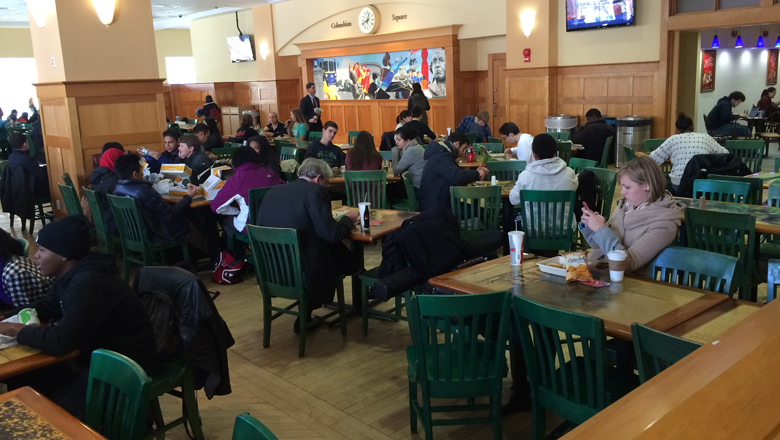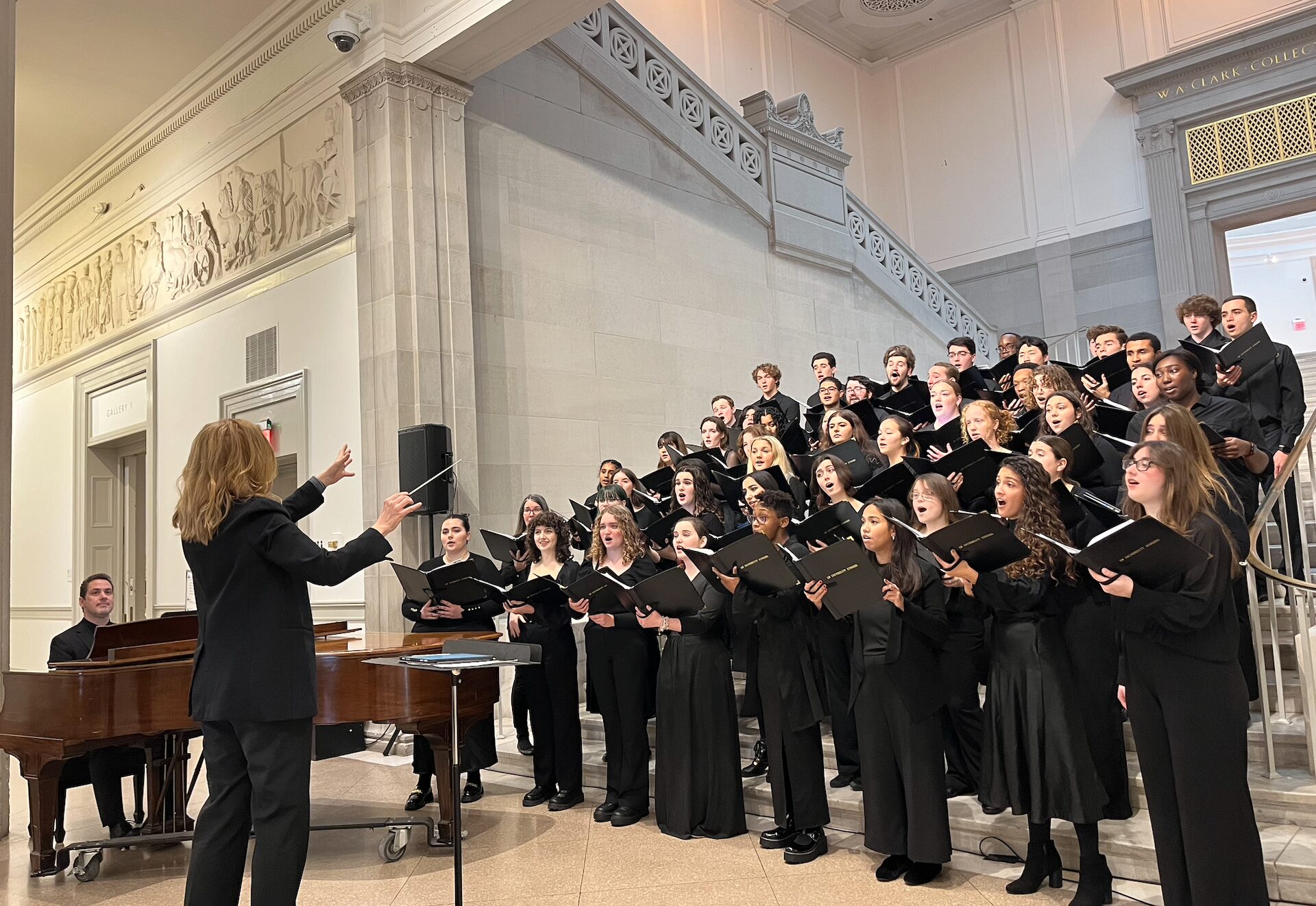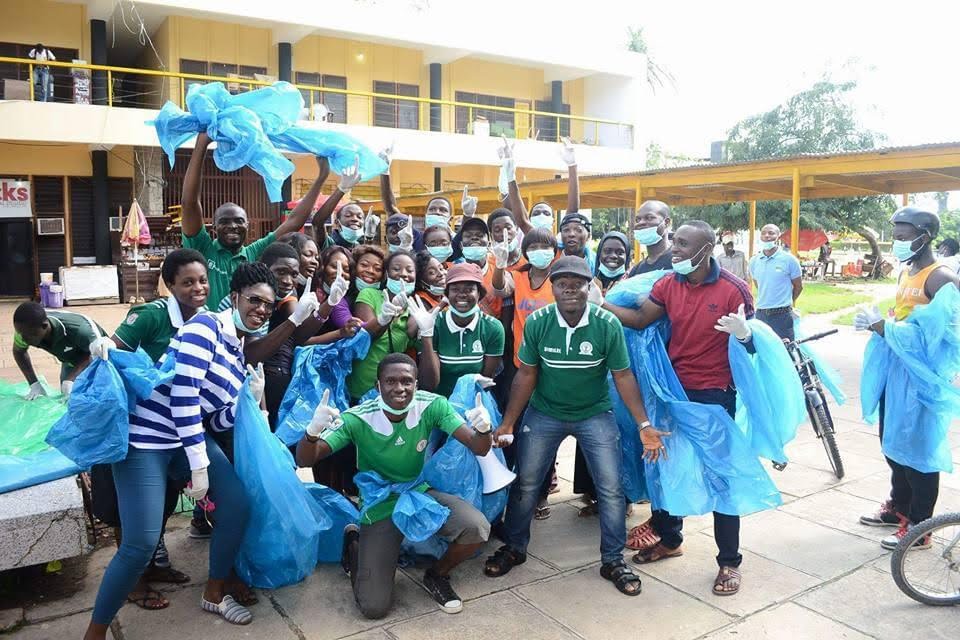
Time For A Green Meal Plan?

#COLLEGEFOOD
Thanksgiving is next week and then finals are just around the corner. The first semester of my senior year at college is practically over and it’s around this time that I crave new food options. I decided I want to try more sustainable food alternatives, but I face two big issues: lack of knowledge and access. Naturally, as any journalism student would do, I researched what sustainable food practices my university offered. Surely, I was not the only college student who shared this feeling.
Let’s Get Started: One Possible Green Meal Plan
GW wouldn’t be the first to have a green meal plan. Many other universities serve locally bought organic food, as well as maintain their own garden. A Green Meal Plan at GWU should partner with the GW Grow Garden, to provide students freshly grown produce. In order to do that, the garden may need to grow in size in order to supply the students.
Our current cafeteria, J Street, should aim to have 35% of the food offered be locally bought organic food. While J Street will continue to provide fresh food, a new green meal plan could include a greenhouse cafeteria with a rooftop garden to help supply the student demand for organic produce.
- Additionally, our green meal plan could include a kit, with reusable items:
- Sustainable string bag
- Large, three compartment reusable to-go container
- Small reusable to-go container for side salad, dessert, or soup
- 32 oz reusable to-go mug
If GW provides an incentive, such as a discount for using reusable to-go containers, we are creating a more sustainable dining room.
There are plenty of ideas other colleges have latched onto that we can follow. I think that a green meal plan is a feasible project that will most likely if people express their interest in alternative organic options.
George Washington University is located in the heart of Washington, D.C., the epicenter of political mess, horrible traffic, and hot summers. My expectations were not too high. Where could they build gardens? Next to my dorm, on the sidewalk? Can students join community-supported agriculture? Doubtful. How can I buy organic? Trader Joe’s and Whole Foods are in the neighborhood, but have you seen the prices?
After I learned about the sustainable food and dining options at GW from the Sustainability at GW homepage, I felt less skeptical. We have the GroW Garden on campus, and, as of this past summer, GWU students have an easy pickup location for the Freshfarm Markets Community Supported Agriculture Program. Plus, the Foggy Bottom Farmers Market now accepts our GWorld Card, which makes it more convenient for students to buy their groceries there. We’ve got some options.
There is definitely an effort on behalf of GWU to create a more sustainable food system — but how come I didn’t know? When I did learn about CSA, I went to sign up online and unfortunately, I was too late and all the shares were sold out. All these options, but it’s the first time I am aware of them. I am happy to know there are options, but for students not actively seeking these alternatives to Chipotle, SweetGreen or Roti, how will they be encouraged to try it?
Perhaps lack of access is not the problem like I thought it was, but rather lack of information. Where is the bold text saying, “Here is a meal plan option for students who want to use CSA or other sustainable food options.” Isn’t this marketable?
Until it becomes more ingrained, the organic trend will continue to pick up slowly on campus. Perhaps what we need is an incentive – for example, an organic meal plan option that allocates money to buy organic produce from the GroW Garden.























